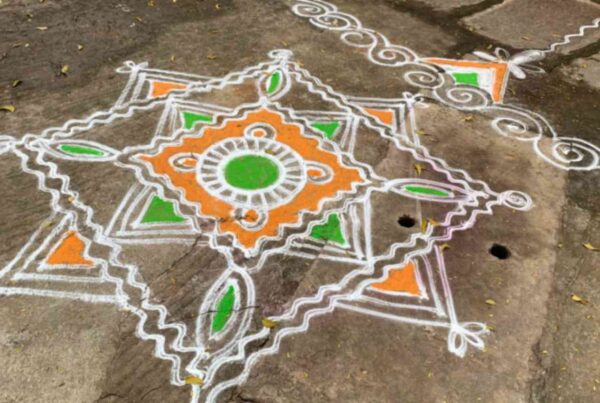Let the world race along but you will be glad to leave the hustle and bustle behind. Figurative sketching is a different world altogether. It immerses your soul and mind. You could own all the minute details about human anatomy but still not know how to apply artistically. It is the combination of knowledge and application that will direct your artistic understanding of a human figure.
I hope you find this blog informative and handy.
BREAKING THE FORM
- A human figure is a single form that is subdivided into smaller forms. Thus, it is one of the most complex forms of art. It is very important to study the human skeleton since it structures a human body.
- Start out by sketching the major forms of the skeleton. Learn about how the different parts of a skeleton relate to each other. This will help you understand how all the forms work together.
- Once you develop an idea about the interior human structure, start working on live models.
WHY START DRAWING?
Drawing is an art in itself. In painting, everything depends on the drawing. The drawing is an inner structure that upholds the composition. Thus, anybody who wants to paint must learn to draw. Students often want to learn ‘how to draw’. However, it is extremely important to acknowledge what they are drawing.
A student accumulates lots of information when a model poses. The interpretation and formulation by the student become the true subject of her figurative sketching. In fact, she does not draw what she sees but what she thinks she sees. Therefore, you should always be aware of what you are thinking while drawing.
THREE STEPS OF FIGURATIVE SKETCHING
I) BLOCK-IN METHOD
- Assume that the model has taken a new pose. The first thing that you can do is ignore just about everything. Sketch the envelope which is the basic outside shape of the figure It is the first step in block-in.
- Furthermore, try breaking down the envelope into smaller and more detailed lines. Look for major shapes and start resolving. Proceed to resolve the smaller shapes only after the larger ones. The end result is a two-dimensional translation of the figure. In fact, it is the shape of the model.
- Also, no matter what the gesture (actions) of the model is, remember all parts of the body, work in a unified way.
II) CONTOUR
- Once you adjust with the block-in, switch over to the contour. The contour is a line that exactly describes the silhouette of the figure.
- The contour consists of many individual curves. These curves describe a particular convexity on the surface of the body. In fact, it represents a lot of research into the shape of the figure.
III) SKETCHING THE INSIDE
- Fill the contour with an illusion of solid form. Make small patches of hatching or cross-hatching. The hatchings will disappear with shading of course.
- Look at the landmarks as a string of elements. In fact, it looks like a pattern of wave organized in all parts of the body.
- Once you map out the regions of light and shadows, build up darker values. The process is exploratory and experimental at the same time. In fact, it keeps evolving.
ALTERNATIVE METHOD
I) TWITCH THE TORSO
You can start with the torso. It is by far the largest form of a human figure. The head and all of the limbs intersect at the torso. It can be further subdivided into rib cage and pelvis. The head and thighs can be connected to add more mass. Remember that the limbs, hands and feet should come in last.
II) SPOT THE CENTRE LINE
Imagine a centre line down the back and front of the torso. The line on the back of the torso is the spine. On the other hand, the frontal centre line starts from the neck pit. In fact, the centre line describes how a figure is posing. Once you develop the perception of how a centre line works, figurative sketching will never seem difficult.
III) THE BONE POINTS
Bone points are the landmarks where the bone is directly under the surface of the skin. These points are consistent among everybody. While drawing a live model, indicate the bone marks. Some bone points include kneecap, collar bones, elbows, ankle bones etc.
The work of great masters shows that their mind was always devoted to a much higher order of vision. Like we all know, Rome wasn’t built in a day. Figurative sketching takes lots of dedication, practice and many bad drawings. You just need to warm up your drawing engines to attain a certain speed.
LET’S GO THROUGH SOME OF THE BEST FINE ARTS INSTITUTES IN INDIA
- Kala Bhavana, Visva Bharati, Birbhum is a well-known centre for visual arts and research in the country.
- Sampratishta School Of Fine Arts and Design is the first art institute to provide diploma courses around Bangalore. They only take students who have serious decisions to make with fine arts.
- Faculty of Visual Arts (BHU), Varanasi is quite popular for fine arts in the country.
- Pencil and Chai by Coloring India Foundation, Bangalore conducts outdoor sketching (Plein-air sketching) classes on Sundays.





